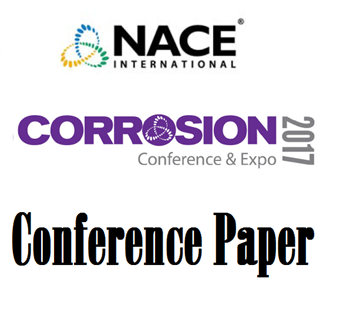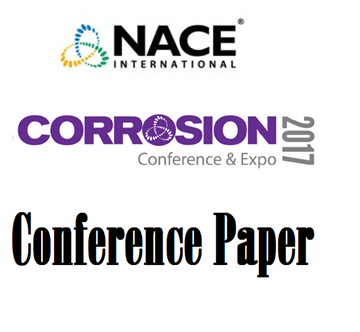Search
01523 An Austenitic Stainless Steel, Resistant To High Temperature Creep And Naphthenic Acids Attack In Refinery Environments
Also Purchased
04640 Optimized Heat Treatment of 347 Type Stainless Steel Alloys for Elevated Temperature Service to Minimize Cracking
Product Number:
51300-04640-SG
ISBN:
04640 2004 CP
$20.00
Assessing Stress Corrosion Cracking Risks on Stainless Steel Piping and Equipment
Product Number:
51317--8899-SG
ISBN:
8899 2017 CP
Publication Date:
2017
$20.00
Effects of Alloying Elements for Resistance to Naphthenic Acid Corrosion of 18Cr Austenitic Stainless Steels
Product Number:
51317--9057-SG
ISBN:
9057 2017 CP
Publication Date:
2017
$20.00




